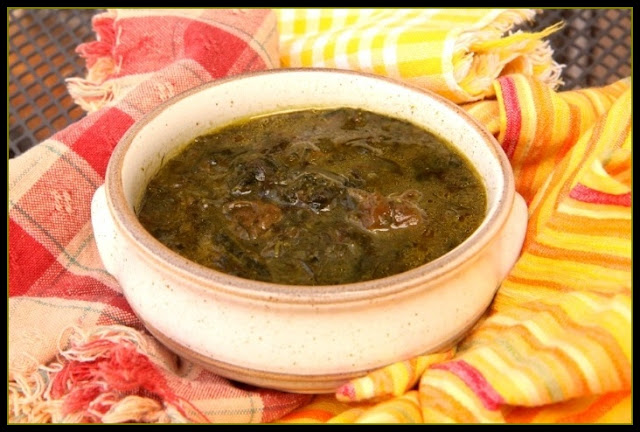Horehound Candies
My Gran used to tell me about how, as a child, she'd purposely choose goodies other kids hated, just so that she wouldn't have to share. Tops on her list were Black Jack (licorice) chewing gum, and horehound candies. Even in her day, horehound's bitter flavor was polarizing. You either love it, or you hate it.
I've tasted some commercial varieties of horehound candy in my time, and have always wondered how it would compare to the horehound candies of Gran's childhood. I lost her before I could discover the answer. Still, when I found a big patch of horehound a few years ago, I decided that I wanted to try making horehound candies. It took me a while, but I finally got around to making those horehound candies.
You know by now that I usually couldn't care less about recipes, and tend to wing it in the kitchen. But candy making is different, and requires a precision that I'm not used to. Plus, sugar is expensive, and I didn't want to mess up an entire batch. So, on this rare occasion, I consulted an actual recipe, and followed it carefully. I used the guidance of Kay Young's Wild Seasons to help me make my first batch of horehound candy. Since I'm unfamiliar with making candy, I didn't try to dance around the corn syrup and sugar in the recipe, in an attempt to substitute something more wholesome. The resulting candy is much more subtle than I had anticipated. There is definitely an underlying bitterness. But there are also subtle flavors of anise, citrus, and root beer.
How to Identify Horehound
Horehound is a member of the mint family, so its opposite oval leaves and square stem should look familiar to those of you who know mint, lemon balm, and catnip. What makes horehound special is the fine white fuzz that cover its stems and and leaves, and can give it a grayed wooly appearance. Look for coarsely textured leaves and with serrated margins, and small white flower whorls around the leaf axils. It has little scent, and possesses a strong bitter flavor.
Horehound is a traditional remedy for sore throats and coughs. If you'd like to learn more about it, check out these posts by herbalists Kiva Rose and Rosalee de la Foret.
Horehound Candies
4 6" branches of fresh horehound or half as much dried
1 c. water
1 c. light corn syrup
2 c. granulated sugar
pea-sized chunk of butter
1/2 c. sugar for coating candies
1. Place the horehound and water into a medium saucepan. Bring the water to a boil, then reduce it to medium heat. Cover the pan, and let the horehound gently simmer in the water for ten minutes. Remove the pan from the heat, and let it sit for 30 minutes. Strain the horehound from the infused liquid. If you have less than 1/2 c. liquid, add water to reach 1/2 c.
2. Combine the horehound infusion, corn syrup, sugar, and butter in a heavy-bottomed large pan, and bring to a medium high heat. Let the mixture boil for approximately ten minutes, until it reaches 300 degrees (F) on a candy thermometer.
3. Remove the pan from the heat and let the candy sit for five minutes.
4. Pour the hot horehound candy goo onto a greased baking sheet. Let it cool for 3-4 minutes.
5. Score the candy into 1/2" squares using a greased pizza wheel or knife before it completely cools.
6. Let the candy cool completely before breaking it into squares.
7. Pour the last 1/2 c. sugar into a paper bag. Add the horehound candy and shake to coat.
8. Store the horehound candy in a cool dry place. If you are super ambitious, you could wrap them in individual wax papers. I vacuum sealed mine into a quart jar.
--------------------------------------------------------------
It's mint month at Wild Things, and I'd love for you to play along. Yep, horehound is a mint, so is catnip, and wild oregano, too! Whatever your favorite mint, please share your recipe at wildthings.roundup@gmail.com before the end of June. Thanks!




